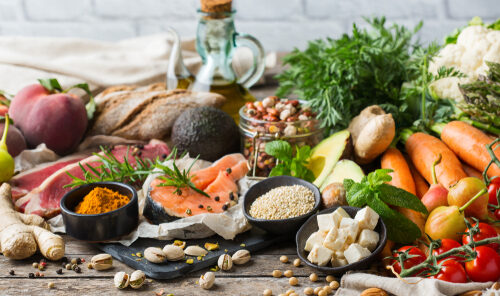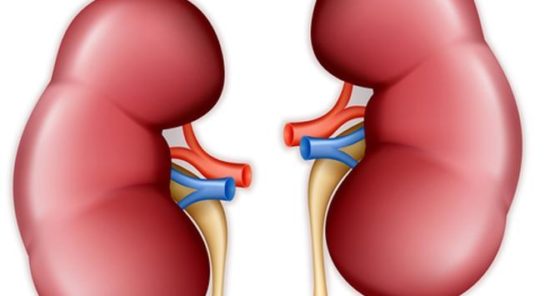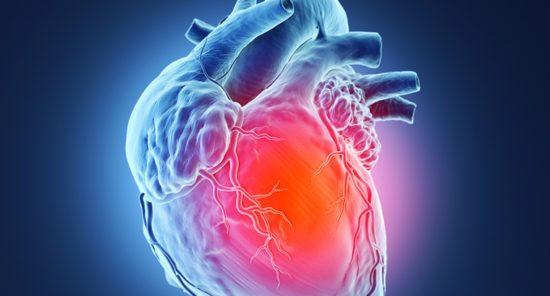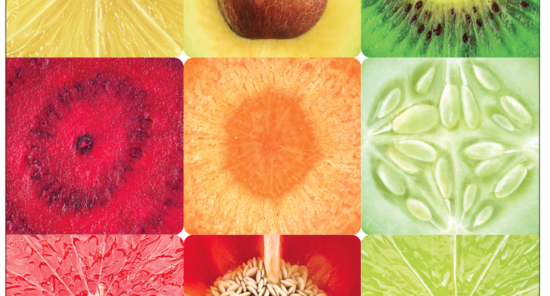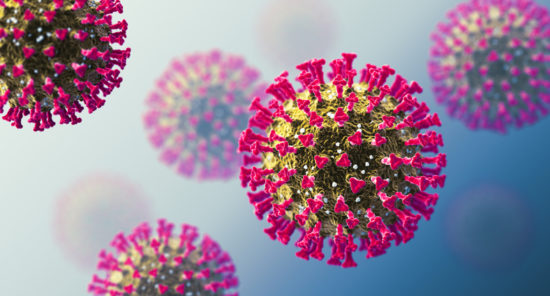Credit: Original article published here.Previous studies have examined the role of medical nutrition therapy (MNT) in progression of chronic kidney disease (CDK). However, according to Christopher G. Rowan, PhD, and colleagues, there are few data available on the relationship between MNT and hyperkalemia. The researchers conducted a retrospective data analysis in a cohort of adults with stage 3-4 CKD and hyperkalemia (diagnosis of hyperkalemia and serum potassium >5.0 mmol/L) who received MNT from January 1, 2019, to August 31, 2022. Results were reported during a poster session at the National Kidney Foundation Spring Clinical Meetings 2023 in a poster titled Recurrence of Hyperkalemia Following Dietary Counseling, REVOLUTIONIZE I Real-World Evidence Study. The study utilized electronic health record data from TriNetX Dataworks, USA. To focus on patients who received MNT as first-line therapy, those who were treated with oral antihyperkalemia therapy (potassium binder) within 6 months prior to MNT were excluded. Follow-up was censored at the first of 6 months following initiation of MNT, initiation of outpatient therapy with an oral antihyperkalemia therapy, death, or the end date (August 31, 2022). The researchers analyzed the percentage of patients who had a hyperkalemic event at 0-1, 0-2, 0-3, 0-4, 0-5, and 0-6
Credit: Original article published here.According to Y. Diana Kwong, MD, and colleagues, there are few data available on the symptom burden and quality of life among patients with acute kidney injury treated with intermittent hemodialysis (AKI-D). The researchers conducted a prospective cohort study within a clinical trial (NCT04218370) comparing different hemodialysis schedules in patients with AKI-D. Results were reported during a poster session at the National Kidney Foundation Spring Clinical Meetings 2023. The poster was titled Understanding Symptoms and Quality of Life of Patients With AKI-D. Participants in the trial were from two large university health systems. They were asked to complete the dialysis symptom index (DSI) and to rate their overall health and quality of life in the past week on a scale of 1 (very poor) to 7 (excellent) at three time points. The cohort included 95 participants; of those, 64 completed the survey at study entry point. Six of the 95 declined to participate and 24 had altered mental status, leading to incompletion of the survey. Twenty-eight of the 64 initial study participants were followed to day 90. Loss to follow-up was related most commonly to an inability to contact the patient (n=10) and death (n=6). Of
Credit: Original article published here.Researchers, led by Amara Sarwal, MD, conducted a study to determine whether chronic kidney disease (CKD) and heart failure are independent risk factors for Alzheimer disease/related dementias (ADRD) in a cohort of US veterans with type 2 diabetes. Results were reported during a poster session at the National Kidney Foundation Spring Clinical Meetings 2023 in a poster titled Cardiorenal Syndrome: CKD, Heart Failure, and Risk for Dementia. The cohort included US veterans ≥65 years of age with type 2 diabetes and two outpatient measurements of serum creatinine at least 60 days apart from January 1, 2008, to December 31, 2010. The date of the second creatinine measurement was considered the index date. The CKD Epidemiology Collaboration equation was used to define estimated glomerular filtration rate. International Classification of Diseases, Tenth Revision(ICD 9/10) codes from January 1, 2000, to the index date were used to define the presence of heart failure and other comorbidities. Veterans with ADRD at baseline were excluded. Occurrences of ADRD subsequent to baseline were identified by ICD-9/10 codes from the index date to December 31, 2021. The cohort included 362,598 US veterans. Of those, 14.6% had heart failure at baseline, 34.8% had stage
Credit: Original article published here.Kidney transplant recipients with gout and hyperuricemia face increased risks for adverse outcomes. Results of the PROTECT study demonstrated that pegloticase lowered serum urate in 89% of kidney transplant recipients with uncontrolled gout. During a poster session at the National Kidney Foundation Spring Clinical Meetings 2023, Nicola Dalbeth, MBChB, MD, and colleagues reported associated changes in monosodium urate deposition volume (Vmsu) as seen on dual-energy computed tomography (DECT). The poster was titled Monosodium Urate Crystal Depletion in Renal Transplant Recipients Treated With Pegloticase: PROTECT Serial Dual-Energy Computed Tomography Findings. Inclusion criteria were uncontrolled gout (serum urate, ≥7 mg/dL; oral urate-lowering therapy refractory/intolerant; and ≥2 flares/year, ≥1 tophi, or chronic gouty arthritis), kidney transplant >1 year prior, graft estimated glomerular filtration rate (eGFR) ≥15 mL/min/1.73 m2, and stable immunosuppression. All patients received ≤24 weeks of pegloticase (8 mg biweekly; serum urate response, <6 mg/dL for ≥80% of month 6). DECT imaging was measured with standard protocols at screening (Scr). Vmsu was measured at weeks 14 and 24 with default postprocessing settings. Joints with Scr and week 24 images and Scr Vmsu ≥0.5 cm3 were included. The Vmsu criterion reduced the effects of DECT artifact. Eight patients underwent
Credit: Original article published here.Chronic kidney disease (CKD) affects approximately 13% of the population of the United States. Many patients adhere to preventive dietary patterns; however, according to Shirin Pourafshar, PhD, MSCR, RDN, and colleagues, empiric evidence to guide use of such measures is limited. Current dietary guidelines for patients with CKD focus on recommended nutrient intakes (sodium, potassium, and phosphorous) rather than on whole foods such as fruits and vegetables. Patients with CKD at risk for hyperkalemia limit intake of fruits and vegetables to avoid excess dietary potassium intake. Patients with mild-to-moderate CKD do not face a high risk of hyperkalemia, and restriction of dietary potassium may lower consumption of healthy foods such as fruits and vegetables. The 2000 update to the Clinical Practice Guideline for Nutrition in CKD from the National Kidney Foundation and the Academy of Nutrition and Dietetics includes the need for further evidence on food patterns and intake of fruits and vegetables in patients with CKD. Dr. Pourafshar et al conducted a study to examine the relationship between CKD and intake of fruits and vegetables in US adults with and without CKD. Results were reported in the Journal of Renal Nutrition [2023;33(1):88-96]. The researchers characterized
Credit: Original article published here.Patients with acute kidney injury (AKI) are at risk of progression to chronic kidney disease (CKD) and end-stage renal disease (ESRD). AKI is a common complication associated with COVID-19. Thiago Terzian Ganadjian, MD, and colleagues at Universidade Federal Sao Paulo, Sao Paulo, Brazil, conducted a study to examine the frequency and association of clinical variables in patients who developed CKD and ESRD following AKI related to COVID-19. The researchers reported results of the 1-year follow-up study during a poster session at the American Society of Nephrology Kidney Week 2022. The poster was titled The Emergence of CKD After COVID-19 Related AKI. The study included 182 survivor patients who were admitted to the center’s ward and intensive care unit with COVID-19 between April 2020 and March 2021. Inclusion criteria were age ≥18 years and COVID-19 confirmed on reverse transcription-polymerase chain reaction test. Exclusion criteria included ESRD prior to hospitalization. Kidney Disease: Improving Global Outcomes criteria were used to define AKI and CKD. The researchers assessed the frequency of AKI and then compared selected clinical variables in two subgroups: CKD after COVID-19-related AKI and non-CKD after COVID-19. Univariate and multivariate analyses were conducted. A total of 137 patients

